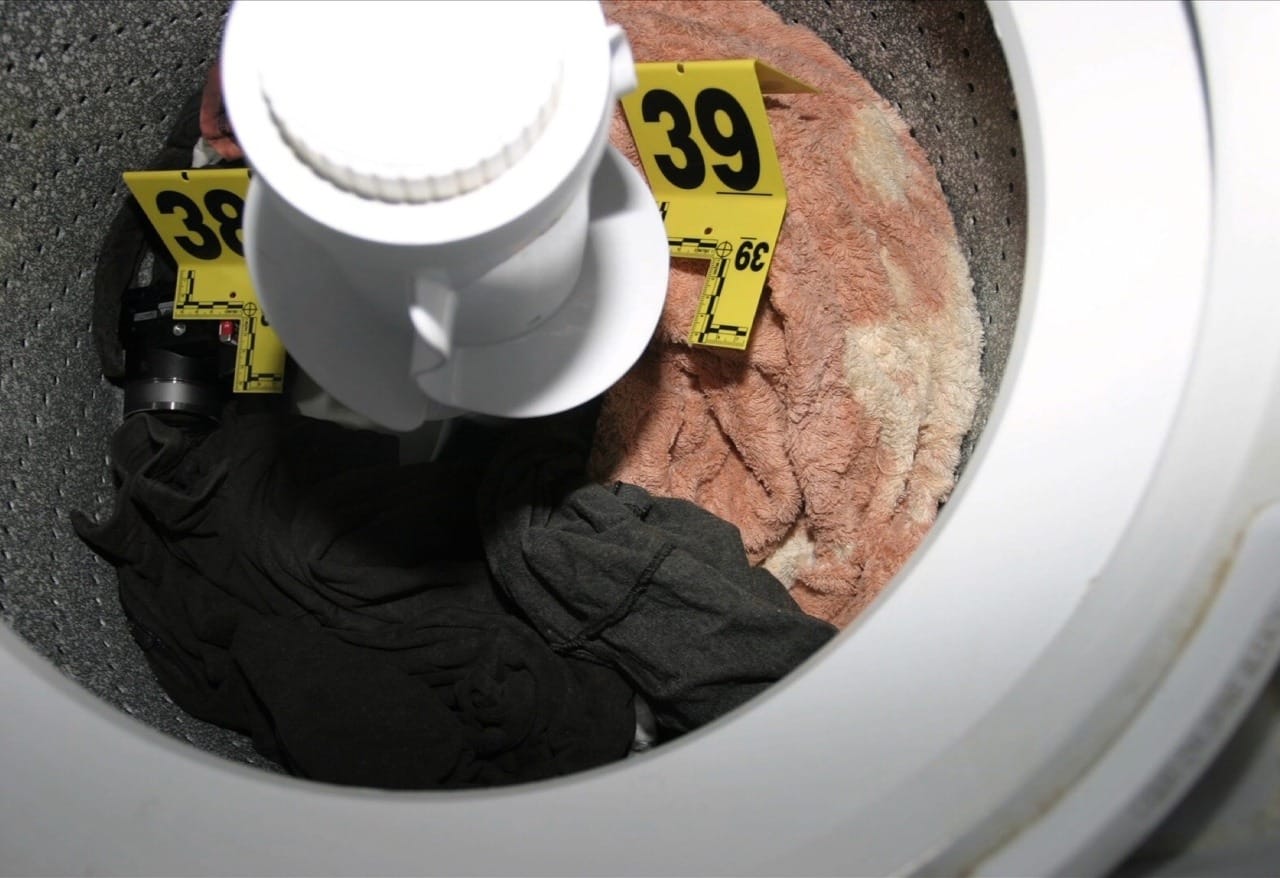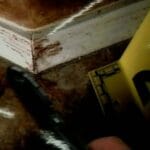The brutal murder of Travis Alexander in 2008 continues to captivate and disturb, offering a chilling glimpse into the dark side of human nature. The Jodi Arias crime scene, frozen in time by forensic photography, provides a macabre tableau of violence, painting a gruesome picture of Alexander’s final moments.
A Gruesome Discovery: Inside the Crime Scene
On June 9, 2008, friends made a horrifying discovery inside Travis Alexander’s Mesa, Arizona, home: his lifeless body lay in the shower, bearing the marks of a vicious attack. The scene was chaotic, awash in blood, and suggestive of a violent struggle. This wasn’t just a murder; it was a rage-fueled assault that left Alexander with multiple stab wounds, a gunshot wound to the head, and a slashed throat.
Immediately, investigators began meticulously documenting the scene. Every bloodstain, every hair fiber, every drop of bodily fluid held the potential to unlock the mystery of what happened to Travis Alexander. The sheer volume of blood spatter suggested a struggle that moved through multiple rooms, telling a silent story of desperation and violence.
Forensic Evidence: Piecing Together the Puzzle
The Jodi Arias crime scene wasn’t just about the brutality; it was about the science used to uncover the truth. Forensic experts, like those featured on shows like Forensic Files, meticulously collected and analyzed evidence, hoping to reconstruct the events that led to Alexander’s death.
- Bloodstains: The patterns of blood splatter suggested that Alexander tried to fight back against his attacker, adding weight to the prosecution’s case.
- DNA: This became a cornerstone of the case. A bloody handprint at the scene contained a mixture of Alexander’s blood and Arias’s DNA. This crucial piece of evidence directly linked her to the violence.
- Hair Samples: Hair found clutched in Alexander’s hand matched Arias’s DNA, further solidifying her presence at the crime scene.
- The Murder Weapon: The investigation revealed that the .25 caliber handgun used to kill Alexander could be traced back to Arias’s grandparents’ house. This was a significant blow to her defense.
- Digital Footprints: Investigators uncovered a trail of digital evidence, including deleted photos from Arias’ camera that placed her at the scene, searches on how to dispose of a body, and receipts for gas that aligned with her presence in Arizona at the time of the murder. This digital trail contradicted her initial alibi and pointed to premeditation.
The Trial: A Nation Captivated
The Jodi Arias trial wasn’t just a legal proceeding; it was a media spectacle. The prosecution, understanding the weight of visual evidence, presented the jury with graphic crime scene photos, showcasing the brutality of Alexander’s murder. These images, though disturbing, provided a stark and undeniable representation of the violence inflicted.
Arias, in her defense, claimed self-defense, alleging that Alexander had been abusive. She wove a narrative of a woman driven to violence by a controlling and dangerous partner. However, the prosecution dismantled her claims, highlighting inconsistencies in her story and presenting a mountain of forensic evidence that contradicted her version of events.
The Verdict and Its Aftermath
In 2013, Jodi Arias was found guilty of first-degree murder and sentenced to life in prison without the possibility of parole. The verdict, however, did little to quell the public’s fascination with the case. The Jodi Arias crime scene, with its disturbing imagery and the complex psychological factors at play, continues to spark debate and discussion:
- Domestic Violence: The case ignited conversations about the often-hidden nature of domestic violence and the difficulties victims face when coming forward. Arias’s claims of abuse, whether true or fabricated, brought the complexities of these situations to the forefront.
- The Power of Forensic Evidence: The Arias trial showcased the crucial role of forensic science in modern criminal investigations. From DNA analysis to bloodstain pattern interpretation, scientific evidence played a pivotal role in securing Arias’s conviction.
- True Crime Fascination: The Jodi Arias case, like the cases of Joey Budafaco and the debated authenticity of the Kennedy autopsy photos, exemplifies our cultural obsession with true crime. It forces us to confront uncomfortable questions about why we’re drawn to these dark and often disturbing stories.
The Jodi Arias case remains a chilling reminder of the darkness that can lurk beneath the surface of seemingly ordinary relationships. It’s a stark illustration of how obsession, jealousy, and rage can culminate in unimaginable violence. And it underscores the vital role of forensic science in seeking justice for victims of violent crimes.
- Crypto Quotes’ Red Flags: Avoid Costly Mistakes - June 30, 2025
- Unlock Inspirational Crypto Quotes: Future Predictions - June 30, 2025
- Famous Bitcoin Quotes: A Deep Dive into Crypto’s History - June 30, 2025
















